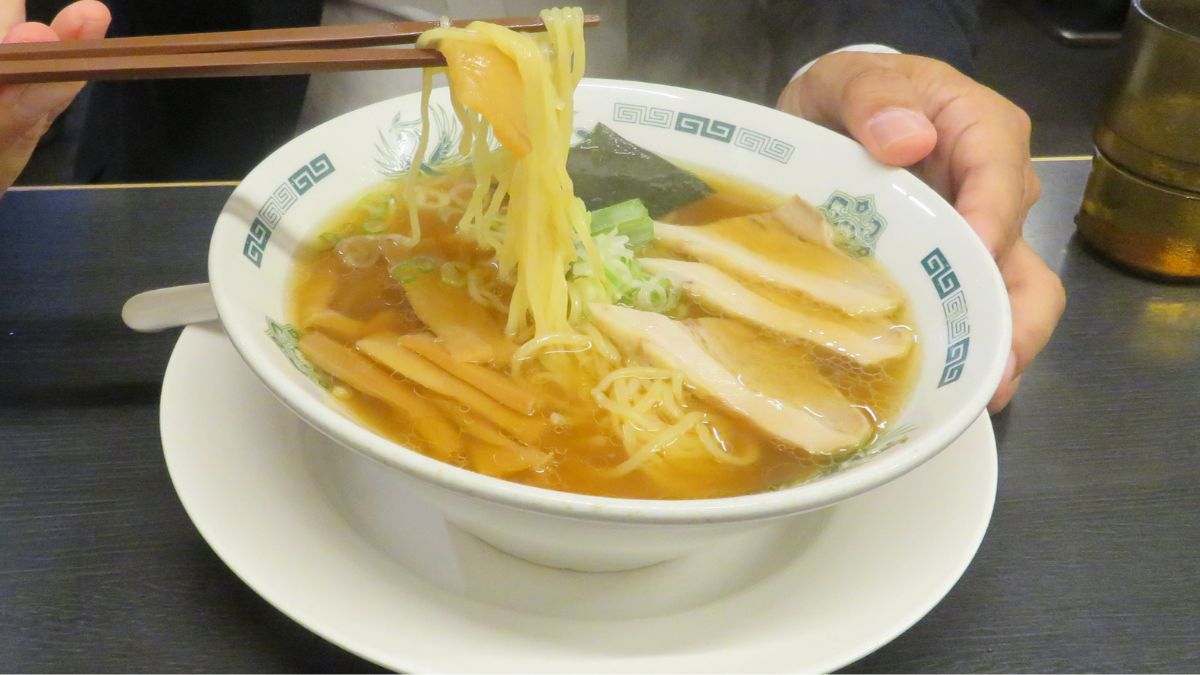 Image credits - Nikkei Asia
Image credits - Nikkei Asia
Japan’s cherished ramen culture is being threatened by economic pressures, with a record number of ramen shops shutting their doors this year due to soaring costs. According to data from Teikoku Databank, 49 ramen eateries have filed for bankruptcy as of July 2024, a troubling trend that could set a new high for closures by the end of the year.
Ramen, a staple and comfort food in Japan, has long been celebrated for its affordability and warmth. Traditionally costing around 1,000 yen (about $6.80), it provides a quick and satisfying meal for a diverse range of diners, from office workers to school children. However, recent inflationary pressures have pushed many ramen shop owners to the brink.
The rising costs of ingredients, labor, and electricity have increased by 10 percent over the past three years, making it difficult for many establishments to stay in business. The cost of basic ramen ingredients, including pork, chicken, wheat, and seaweed, has surged. Energy costs, exacerbated by Japan’s reliance on imported fuel and the ongoing effects of the Russian invasion of Ukraine, have also significantly impacted operating expenses.
Tetsuya Kaneko, who owns Mendokoro Isshou in western Tokyo, recently raised his ramen price by 50 yen to 1,000 yen, but he acknowledges that this increase has not been sufficient to cover the rising costs. “Prices have been rising over the years, but the last three years have been particularly challenging,” Kaneko said. Many ramen shop owners are facing a tough choice: either raise prices beyond the psychological barrier of 1,000 yen or risk closing their businesses.
Japan’s economic landscape has been shifting significantly after decades of stagnation. Inflation, a weak yen, and rising energy prices have compounded the difficulties faced by small businesses. Despite some recent wage increases, which are intended to help households cope with inflation, these adjustments have not fully alleviated the financial strain on small businesses like ramen shops.
Despite the surge in closures, the ramen industry remains robust, with over 21,000 ramen shops still operating across the country. The enduring popularity of ramen is evident as patrons continue to queue for bowls of their favorite noodle dishes, even on sweltering days. However, the rising costs and economic pressures suggest that the future of Japan’s ramen shops may hinge on their ability to adapt to an evolving economic environment.
For now, ramen lovers and shop owners alike face a period of uncertainty as Japan navigates these economic challenges, hoping for a resolution that allows this beloved dish to continue thriving in the face of adversity.
